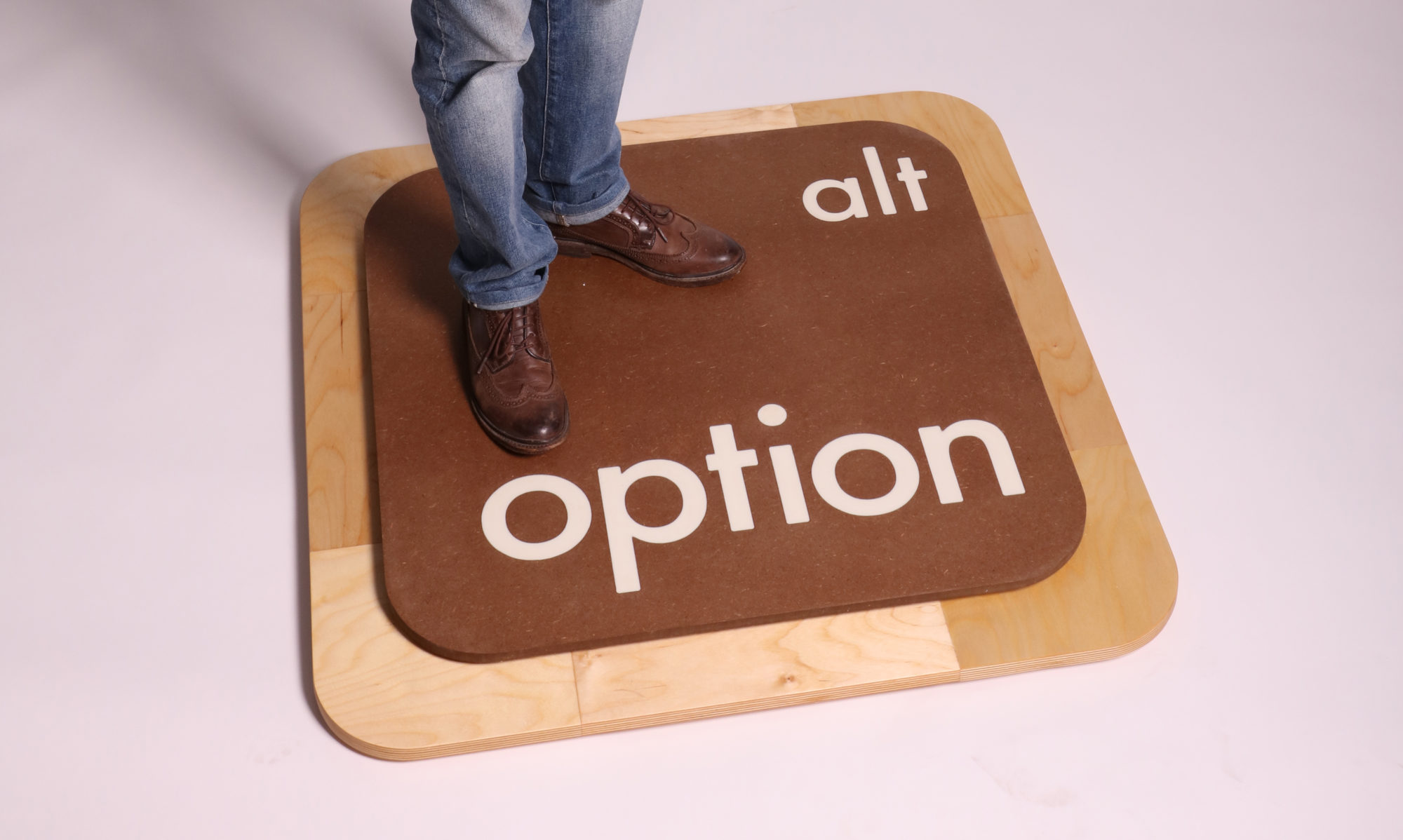What information can ethnographic tools give you to improve the interactivity of an online banking website?
- By using these tools, you can gain insight into the users daily life and how they interact with (in this case) technology. By observing how they navigate other websites and technology, you can determine what areas would be easier or harder for the user to navigate in an online banking website. In addition, by observing their daily life you can determine how important an online banking website would be and whether it would be continually used.
At what point is a design finished? What makes it a success? What is its purpose?
- The purpose of design is to arrange elements (be it visual or experiential components) to suit a need or function. This means that each design’s purpose changes based on what needs to be accomplished. The design is never finished, rather it usually ends when a purpose is met or lack thereof. This means that there’s always another level or step you can take the design, however there are time constraints, limited money, and limited staff resulting in a design stopping. Whether it is a success or not depends on what the purpose for that design is. You can have the most boring design, but if it fulfills the purpose then it is a success.
Identify a product family you use regularly (can be anything from technology to consumables except for coffee). How has its branding affected your use, relationship and experience with the product?
- A product family I use regularly is apple. Apple is branded as a cohesive creative and prestigious brand and the more I use their products the more critical I become. When you promote things as grand and important as those topics, you have to really make sure that you fulfill those promises. However, the more I use apple the more disappointed I am at its lack of relationship with things outside itself, its need to squeeze every bit of money out of you, and its once prestigious reputation.
- In a way its ingenious to prevent communication with other technology brands as it encourages users to buy and equip all apple products. However, considering I’m not rich, I have and use a combination of brands which makes certain components just not work together. Even the smallest things end up becoming a pain, such as the iphone dangle headphone adapter. These things are NOT made to last, resulting in me having to buy a 10-15 dollar new one 2 or 3 times a year (or more). Considering how much of a money powerhouse the company is, it really didn’t seem necessary. Apple used to be seen as the graphic designer’s choice, and was often praised in many ways for being levels above other companies. However as time goes on, other companies are either catching up or outright outpacing apple, providing better and more features than apple. It puts it into perspective when you can not only pay less for other products, but also gain more features, connectability with other brands, as well as many other benefits
